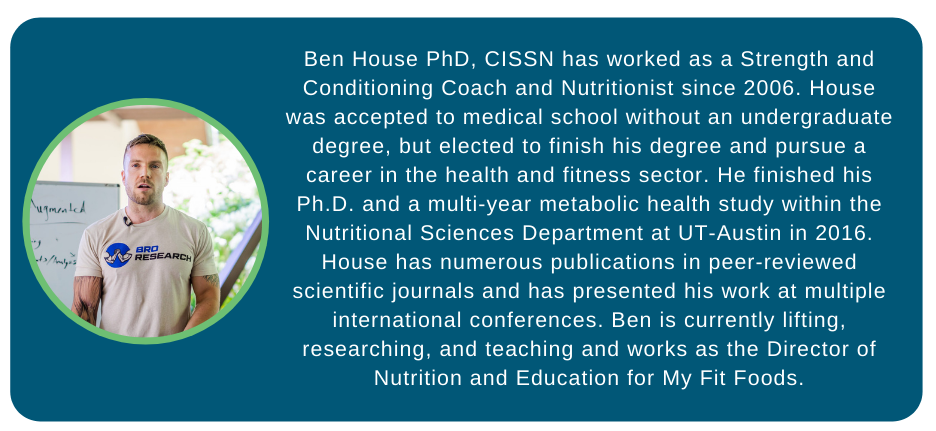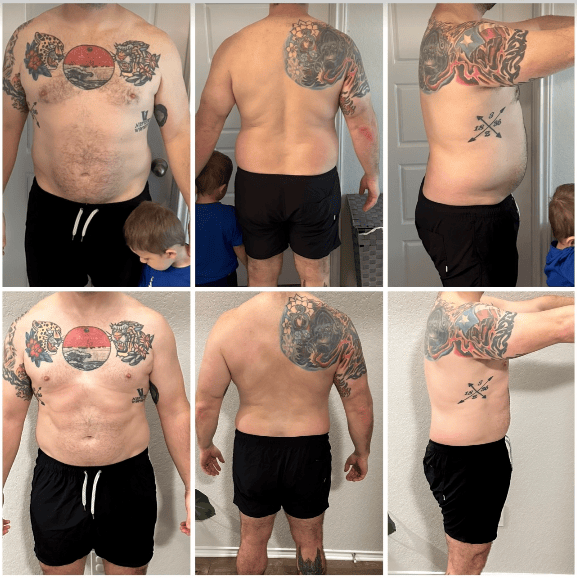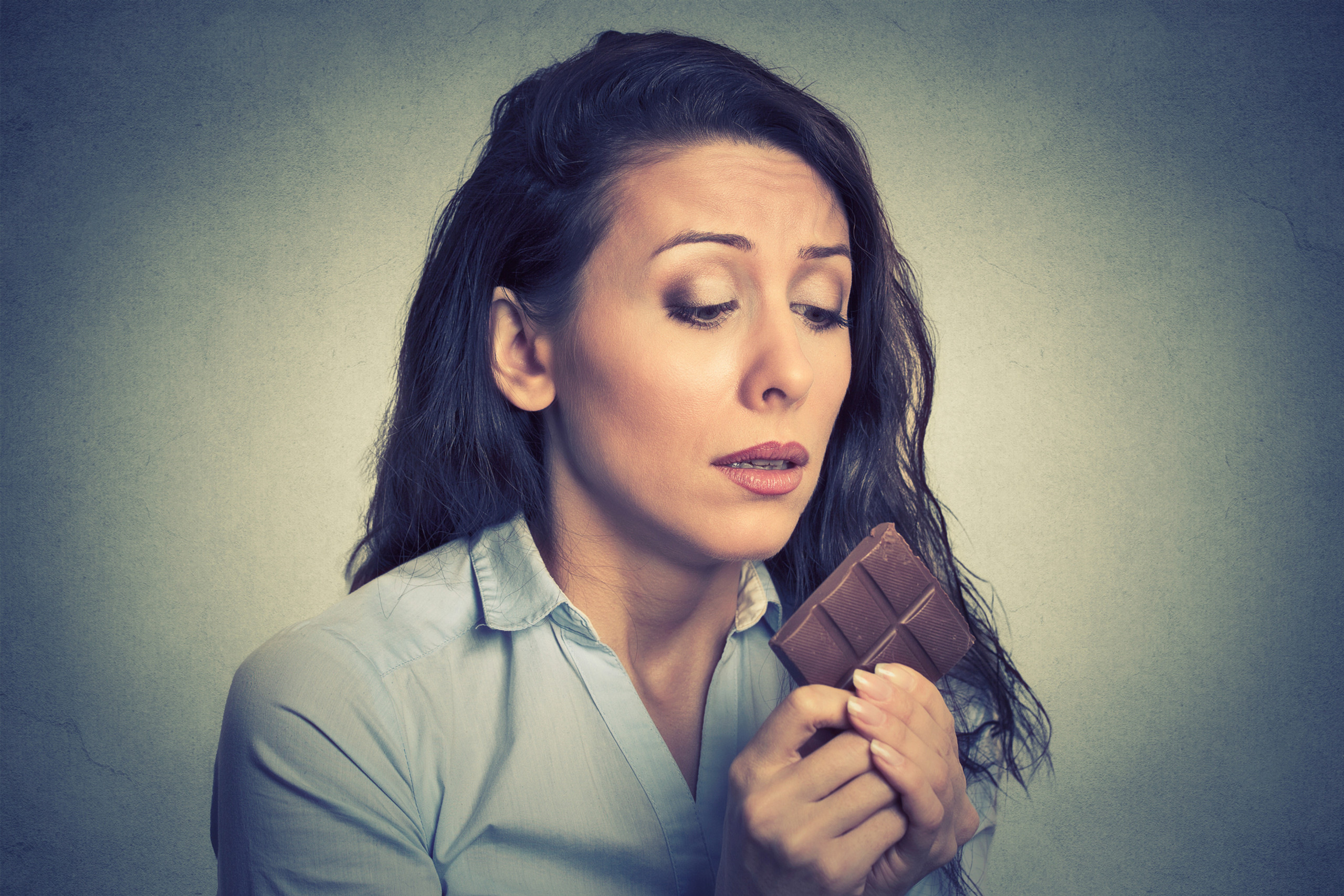We have covered Do You Need a Cheat Day? previously, but this week’s article gets into something that we have all likely encountered…a food craving.
“Food cravings are defined as “an intense desire to consume a particular food (or type of food) that is difficult to resist”. Food cravings occur in the majority of the population and occur frequently (i.e. multiple times per week) with 80–85% of craving episodes resulting in people consuming the craved food item or a similar item.” – Apolzan et al., 2017 [1]
Wow! Most of us encounter food cravings quite often and the majority of the time we eat the food we craved. This sentence really signals to me that the guilt about just having food cravings is probably unhelpful.
We aren’t a bad person if we crave a cookie and we are all likely dealing with food cravings. I don’t know about you, but I find just knowing that we aren’t alone can be helpful here.
As many of us intimately know the most difficult time for food cravings seems to be the late afternoon and evening [2, 3] and the ability to control, plan, and/or cope with food cravings is associated with long-term weight loss success [4, 5].
Counter to what many people think cravings are reliably reduced during periods of food restriction [6, 7] and a recent study found that the most effective way to reduce food cravings was to reduce the frequency of how often we eat or drinks those foods [1].
I am not going to stop this article right now just to tell you that if you have a food craving you should just try harder not to eat that food. I think that type of advice is generally pretty unhelpful.
Instead, let’s talk about the three strategies that I think can help us when it comes to food cravings which we all seem to have.
The first is getting ahead of the craving entirely by removing as many cues as possible from your environment for foods that have proved problematic for you in the past [8, 9].
“Exposure to food cues strongly and reliably produces the conscious experience of craving.” – Boswell et a., 2016 [10]
If you are trying to not eat chips. It is probably best to not to see, smell, or hear the crunching of chips because if someone is in an active fat loss phase we want to ultimately rely on willpower as little as possible. This is why controlling what you can control in your home and work food environments can be so powerful.
Clean the cupboards out.
Delete the snack drawer.
Put anything that could lead to a food craving behind a cabinet door.
The second is a combined tactic for when a craving happens that has been found to be successful in breaking the cue and craving cycle and it may even help to lower our food cue reactivity and food cravings overall [11-13].
This strategy is from Mindfulness and Acceptance–based Therapies. We first become aware that we are having a food craving. We don’t try to push it away. We don’t label it as good or bad. We just identify it.
“There it is. I am having a craving for a cookie. No big deal.”
Once we have become self-aware of the craving now we have a gap to work through how to proceed with intentionality. We can honor that we are having a craving for a certain food, but we aren’t really hungry right now and this action doesn’t align with our long-term goals.
"That cookie looks delicious, of course, I want it, but it isn’t worth it to me right now."
Finally, one of aspect that has been found to be predictive of weight loss success is the reduction in the portion size of problematic foods.
“The only reported management strategy that was related to weight loss in all intervention groups was limiting the portion sizes of problem foods.” -Roe and Rolls, 2020 [14].
This is where planning ahead can be helpful and we can use implementation intentions which we have talked about HERE to make this happen.
For example, IF I have a craving for a cookie THEN I will do my mindfulness strategy to create a gap and think through if a cookie is really worth it for me at this moment.
IF the cookie isn’t worth it to me THEN I will drink a glass of water, go for a walk, or just wait to eat until my next meal.
IF the cookie is worth it to me THEN I will have one pre-portioned cookie.
Creating rigid all-or-nothing statements like, “Cookies are evil. I will never have them again” appears to backfire and increases the value of cookies in our minds [15]. This is why I really like coming back to our personal long-term goals and values instead of being judgey on ourselves and others over cookies.
On the flip side, we have to be careful that in planning for cookies we don’t potentially set up a frequent routine for cookies because then we will likely increase our cravings and these type of food habits can be pretty tough to break.
To finish this up, cravings are tough and we all seem to have them, but there are strategies that can help us lower their frequency and help us be more sucessful when they do happen.
Thank you for your effort!
#GIVEAFIT

REFERENCES:
1. Apolzan, J.W., et al., Frequency of Consuming Foods Predicts Changes in Cravings for Those Foods During Weight Loss: The POUNDS Lost Study. Obesity (Silver Spring), 2017. 25(8): p. 1343-1348.
2. Pelchat, M.L., Food cravings in young and elderly adults. Appetite, 1997. 28(2): p. 103-13.
3. Reichenberger, J., et al., It's craving time: time of day effects on momentary hunger and food craving in daily life. Nutrition, 2018. 55-56: p. 15-20.
4. Dalton, M., et al., Early improvement in food cravings are associated with long-term weight loss success in a large clinical sample. Int J Obes (Lond), 2017. 41(8): p. 1232-1236.
5. Buscemi, J., et al., Impact of food craving and calorie intake on body mass index (BMI) changes during an 18-month behavioral weight loss trial. J Behav Med, 2017. 40(4): p. 565-573.
6. Kahathuduwa, C.N., et al., Extended calorie restriction suppresses overall and specific food cravings: a systematic review and a meta-analysis. Obes Rev, 2017. 18(10): p. 1122-1135.
7. Meule, A., The Psychology of Food Cravings: the Role of Food Deprivation. Curr Nutr Rep, 2020. 9(3): p. 251-257.
8. Poelman, M.P., et al., Behavioural strategies to control the amount of food selected and consumed. Appetite, 2014. 72: p. 156-65.
9. Pechey, R. and T.M. Marteau, Availability of healthier vs. less healthy food and food choice: an online experiment. BMC Public Health, 2018. 18(1): p. 1296.
10. Boswell, R.G. and H. Kober, Food cue reactivity and craving predict eating and weight gain: a meta-analytic review. Obes Rev, 2016. 17(2): p. 159-77.
11. Forman, E.M., et al., Comparison of acceptance-based and standard cognitive-based coping strategies for craving sweets in overweight and obese women. Eat Behav, 2013. 14(1): p. 64-8.
12. Alberts, H.J., et al., Coping with food cravings. Investigating the potential of a mindfulness-based intervention. Appetite, 2010. 55(1): p. 160-3.
13. Keesman, M., et al., Mindfulness Reduces Reactivity to Food Cues: Underlying Mechanisms and Applications in Daily Life. Curr Addict Rep, 2017. 4(2): p. 151-157.
14. Roe, L.S. and B.J. Rolls, Which strategies to manage problem foods were related to weight loss in a randomized clinical trial? Appetite, 2020. 151: p. 104687.
15. Palascha, A., E. van Kleef, and H.C. van Trijp, How does thinking in Black and White terms relate to eating behavior and weight regain? J Health Psychol, 2015. 20(5): p. 638-48.
About Author: Mario Mendias





